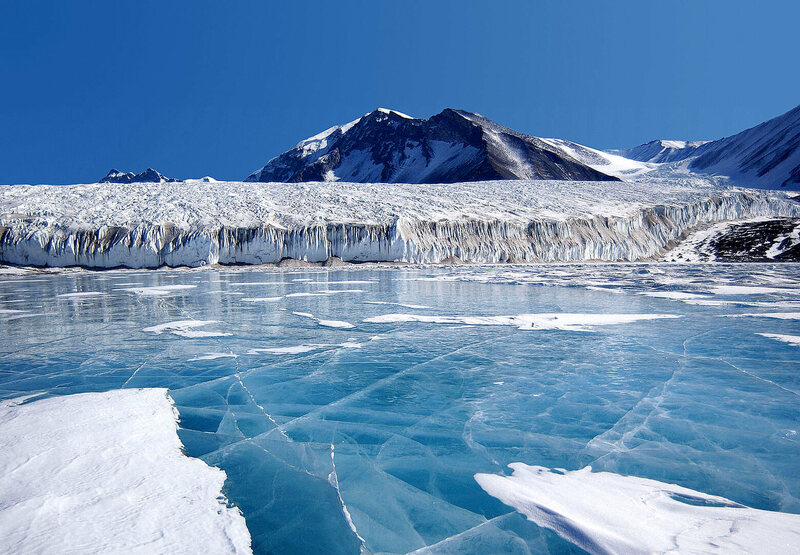
On the Lake Homes Realty blog, we have written extensively about lakes on nearly every continent. Many are famous such as Russia’s Lake Baikal, and others, like Alabama’s Lake Wedowee, are hidden gems. However, no lakes hold as much mystery as those in Antarctica. One of the earth’s last unexplored places, these ancient subglacial lakes are the subject of much scientific research. Their cold temperatures, darkness, and depth grab the attention of curious minds everywhere. Although Antarctica’s lakes leave much to the imagination, there are some things that we do know. Check out these six interesting facts about the lakes embedded in the globe’s southernmost continent.
How Many Lakes are in Antarctica?
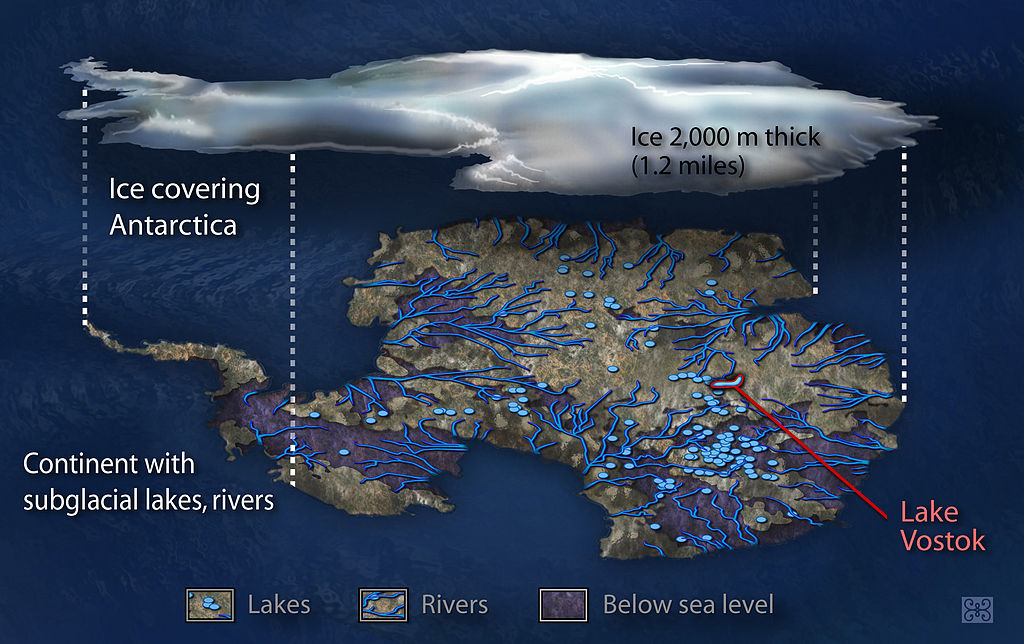
It’s no secret that Antarctica is one of the earth’s most extreme climates. Besides being the windiest place on earth, it’s also frigid. On average, the temperature ranges between -14 degrees and -17 degrees Fahrenheit, depending on proximity to the continent’s interior. As such, its lakes are not your typical blue-green bodies of water. Instead, most are subglacial, meaning that they exist beneath an ice sheet.
So far, 379 subglacial lakes have been found in Antarctica. Although they are covered by ice, the lakes are interconnected. Despite their buried nature, these lakes are still detectable from the ice’s surface, allowing scientists to locate and investigate these Antarctic lakes. In recent decades, they have used airborne radio-echo sounding to find lakes beneath the Antarctic ice sheet.
Lake Vostok is one of the Earth’s Largest Lakes
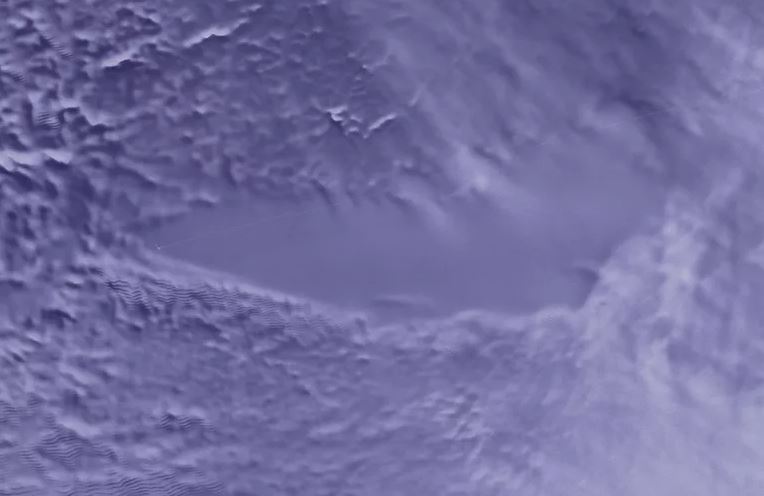
Of all these subglacial Antarctic Lakes, Lake Vostok is perhaps the most famous. A Russian pilot first noticed its presence in the 1960s. While flying above the continent, he observed a darker, smoother patch of ice near the South Pole. After scientists confirmed the lake’s existence, Lake Vostok became home to an important Russian research site called Vostok Station. It is one of the most remote research stations in the world. In Antarctica, most research is conducted on the coast, and Vostok station is the second most inland station, just behind the U.S.’s Amundsen-Scott South Pole station.
Besides its fame in science, Lake Vostok is also impressive for its size. Buried under almost 2.5 miles of frozen water, this massive lake is about the same size as Lake Ontario. It is also one of the world’s deepest lakes at 2,950 feet deep. Given its enormous presence, it’s no wonder that scientists are itching to uncover its mysteries.
Lake Conditions Resemble Jupiter’s Moon
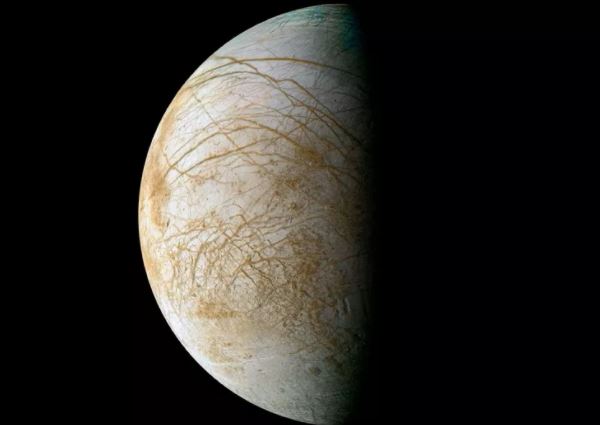
One reason that Antarctic lakes have drawn scientific attention is because of their implications for life on other planets. Because the subglacial lakes on this continent are dark, cold, and receive little sunlight, their conditions are strikingly similar to Jupiter’s moon, Europa. Lake Vostok is the best analog on Earth for Europa, which contains a hidden ocean beneath a layer of ice. Recent research indicates that there’s life beneath Lake Vostok’s waters, making the possibility of life on other planets more probable.
Ancient Life Has Been Found in Antarctic Lakes
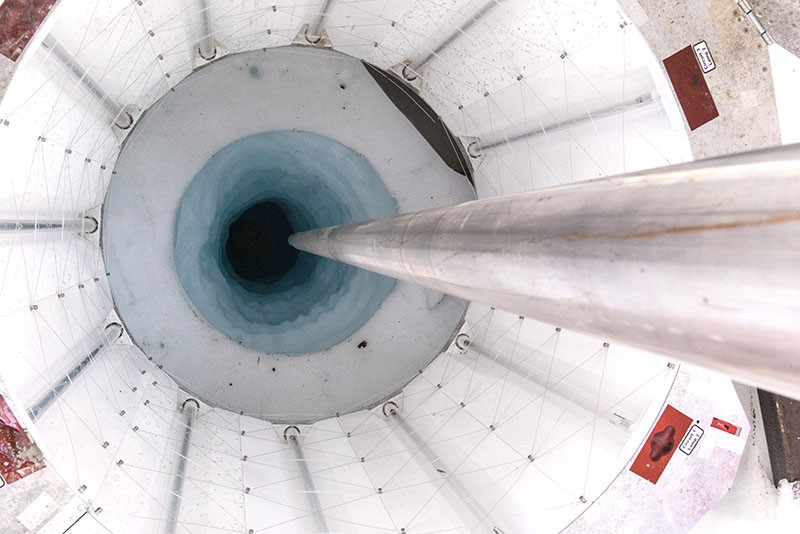
Lake Vostok isn’t the only Antarctic lake with signs of life. The subglacial Lake Mercer in Antarctica has been undisturbed for thousands of years beneath a thick layer of ice. That is, until recently. In 2019, researchers funded by the U.S. National Science Foundation (NSF) were able to melt a small portal that reached the water through the ice. Unexpectedly, they discovered the carcasses of small crustaceans whose ancient bodies had been preserved in ice. Upon further investigation, the researchers believe that these animals likely lived in streams and ponds during brief warmer periods up to 120,000 years ago.
Many of Antarctica’s Lakes are Dynamic
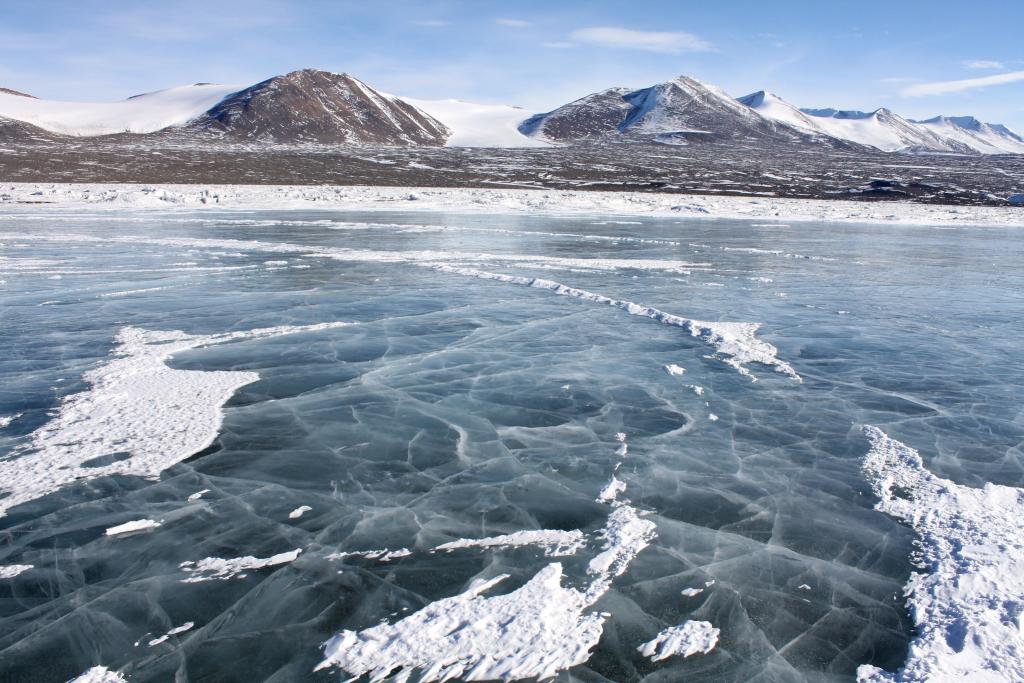
There are some clear distinctions between Antarctic lakes that exist in the middle of the continent versus along its edges. While most of Antarctica’s central regions have subglacial lakes that are fairly static, its outer regions’ lakes are more dynamic. These regions called ice streams are fast-flowing, and they grow and drain over the course of only a few years. According to The Conversation, 130 of these active lakes, including Lake Whillans, have been discovered. There will likely be more to come.
One Subglacial Lake is Blood Red
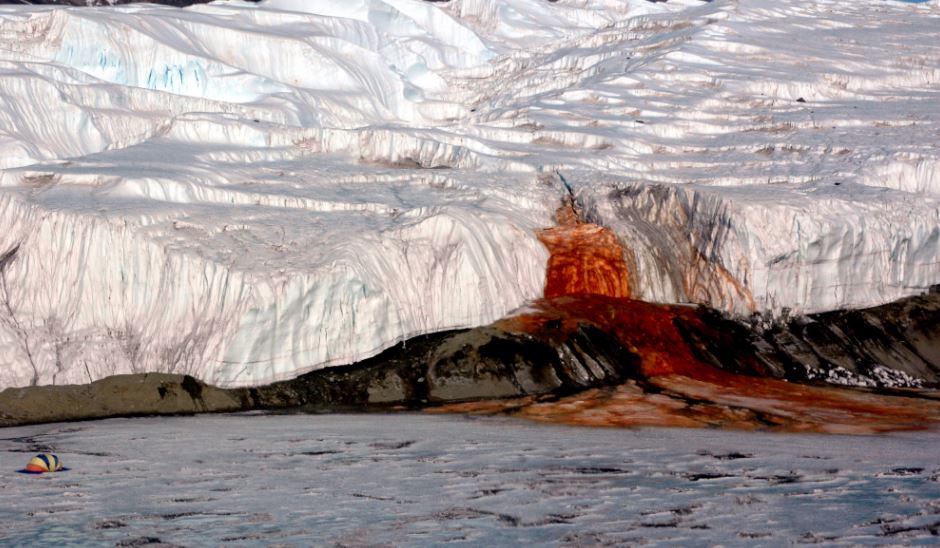
Most Antarctic lakes are dark, deep, and mysterious. However, one subglacial lake in East Antarctica’s McMurdo Dry Valleys, called Lake Bonney (named for a British geology professor), flows blood red. In 1911, this rarity was first observed on the Taylor Glacier, where Lake Bonney flows beneath. An expeditioner noticed that the glacier was being stained by a red source of water within it. It wasn’t until 2017 that the source of this color was discovered. As it turns out, the water flowing within the glacier was high in oxidized iron and salt. The resulting rusting effect gave off a red hue. Today, it’s more commonly known as Blood Falls.
We’re sure that there will be more discoveries about these fascinating Antarctic Lakes in the years to come!

